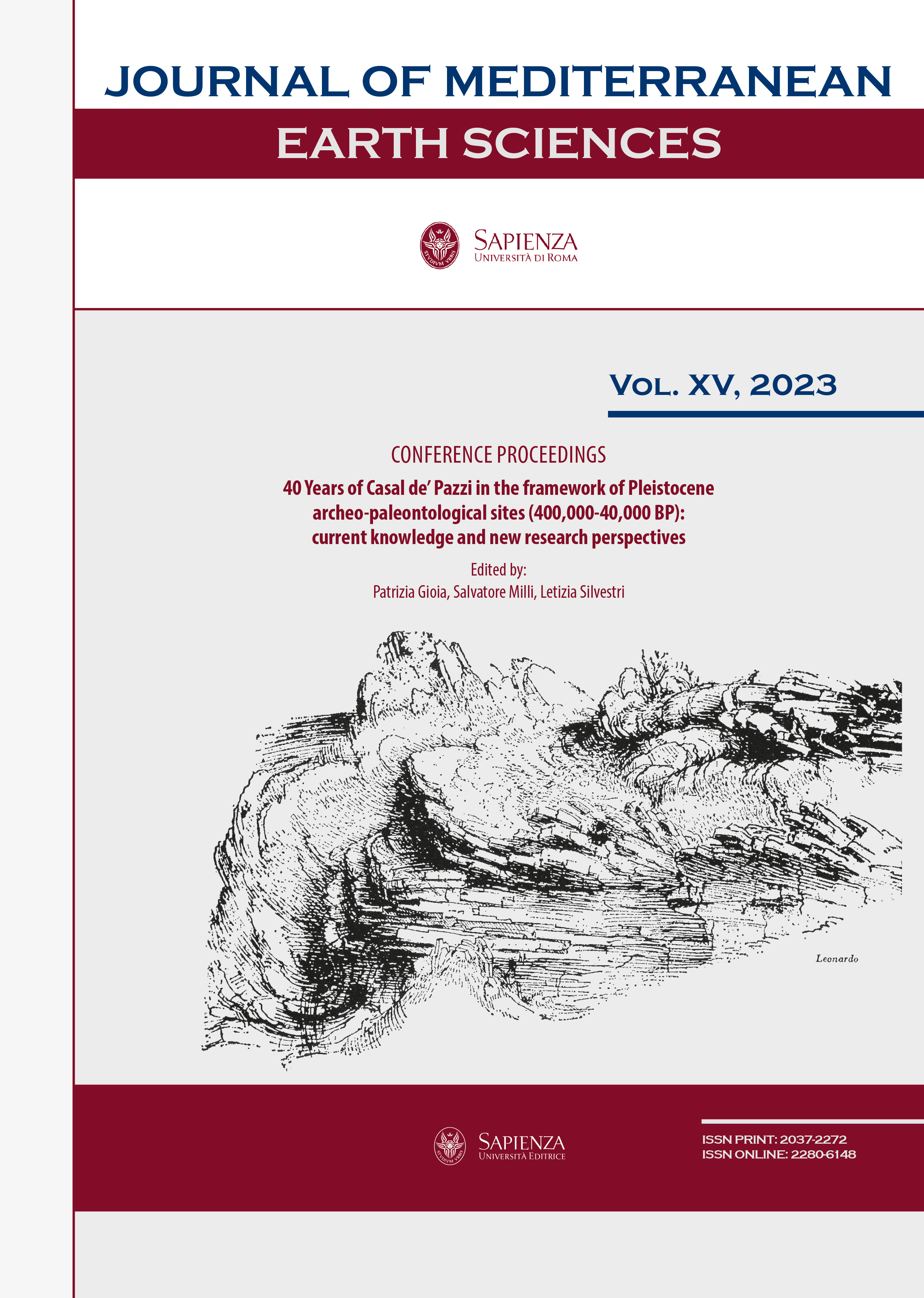The Casal de’ Pazzi Museum and the ancient “roots” of a territory: how to be included by being inclusive
DOI:
https://doi.org/10.13133/2280-6148/18172Abstract
For a place often perceived as incomplete and disconnected from its territory, the opening of the Casal de’ Pazzi Museum to the public - eight years ago - was crucial in reversing the perception that residents had developed over years of waiting. A historic relationship with the school, involving the local community in turn, has been fundamental in progressively promoting the Museum beyond the borders of the eastern outskirts of Rome. Through an empathetic and focused approach, using narrative, multimedia, and sensory supports, schools of all levels regularly rely on visits and numerous workshops and initiatives aimed at understanding the earliest prehistory and its related themes. The adult audience is engaged through traditional visits, themed conferences, book presentations, and other interactive and multidisciplinary events. Inclusivity has always been one of the Museum’s top priorities. Categories of people often on the “margins” or at the “periphery” of society, such as immigrants, prisoners, as well as individuals with temporary or permanent disabilities of physical, sensory, or cognitive nature, have found a welcoming place of active participation in the Museum, enriching it considerably in turn. The use of the web and social media platforms has also gained increasing importance for the Museum, especially following the pandemic. This powerful medium is employed to experiment with different modes, styles, and languages in order to reach and interact with increasingly larger audiences. The integration of the Museum within its territory, which continues to inspire initiatives and proposals - including the expansion of museum spaces - by local citizens and institutions, and the constantly widening network with other national and international institutions, aims to further strengthen the role of the Museum as a promoter and catalyst for scientific and cultural activities.
Inclusivity has always been one of the Museum's top priorities. Categories of people often on the "margins" or at the "periphery" of society, such as immigrants, prisoners, as well as individuals with temporary or permanent disabilities of physical, sensory, or cognitive nature, have found a welcoming place of active participation in the Museum, enriching it considerably in turn.
The use of the web and social media platforms has also gained increasing importance for the Museum, especially following the pandemic. This powerful medium is employed to experiment with different modes, styles, and languages in order to reach and interact with increasingly larger audiences.
The integration of the Museum within its territory, which continues to inspire initiatives and proposals - including the expansion of museum spaces - by local citizens and institutions, and the constantly widening network with other national and international institutions, aims to further strengthen the role of the Museum as a promoter and catalyst for scientific and cultural activities.
Downloads
Published
How to Cite
License
The submission has not been previously published, nor is it before another journal for consideration (or an explanation has been provided in Comments to the Editor).


